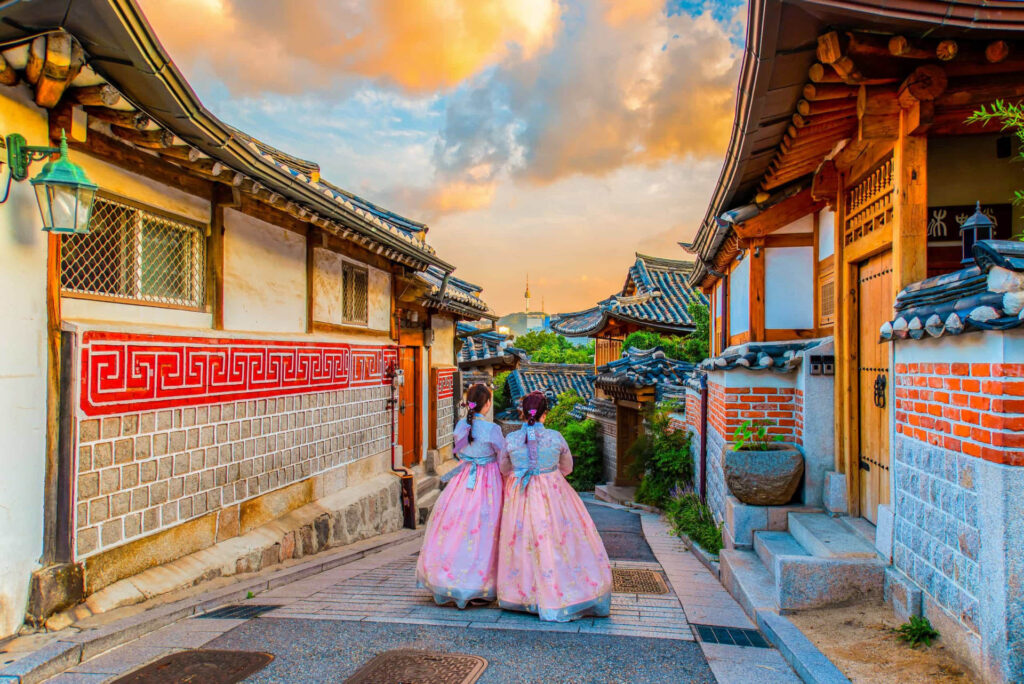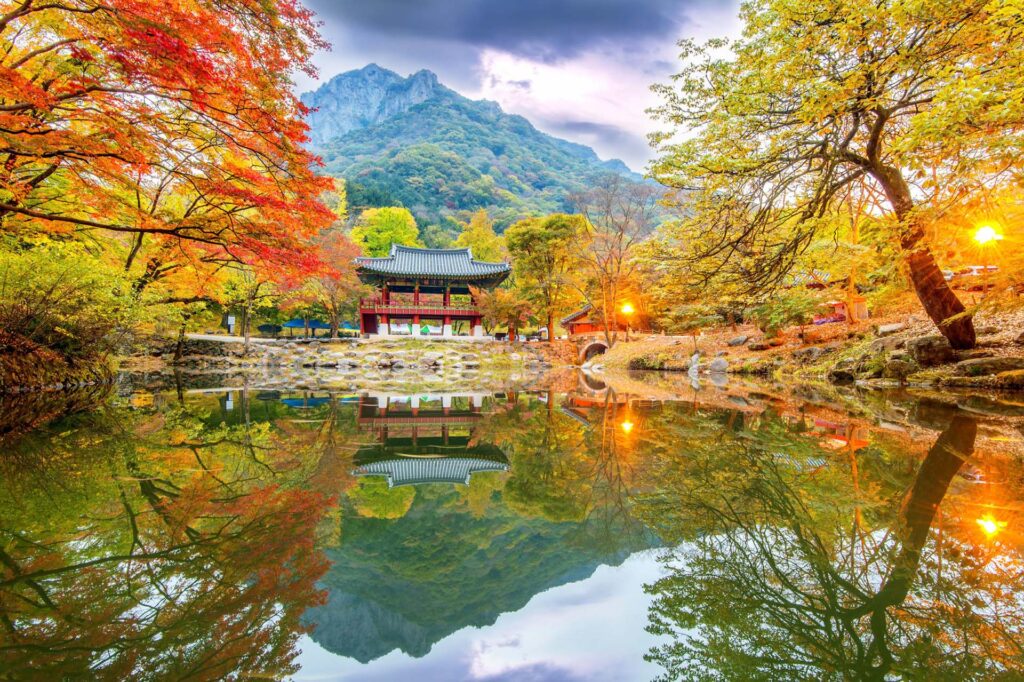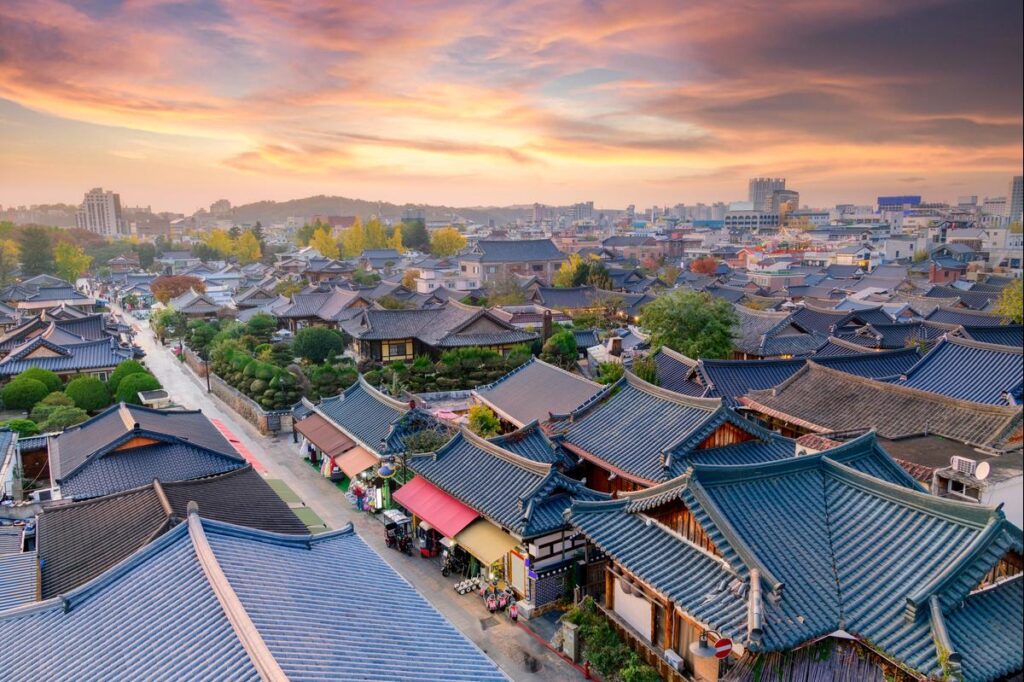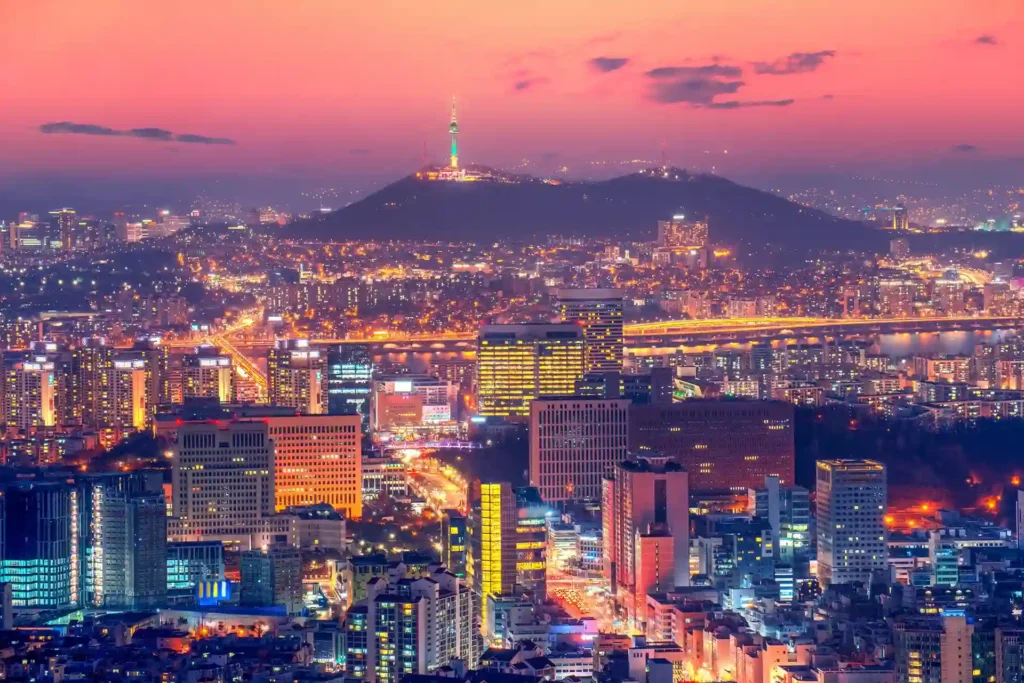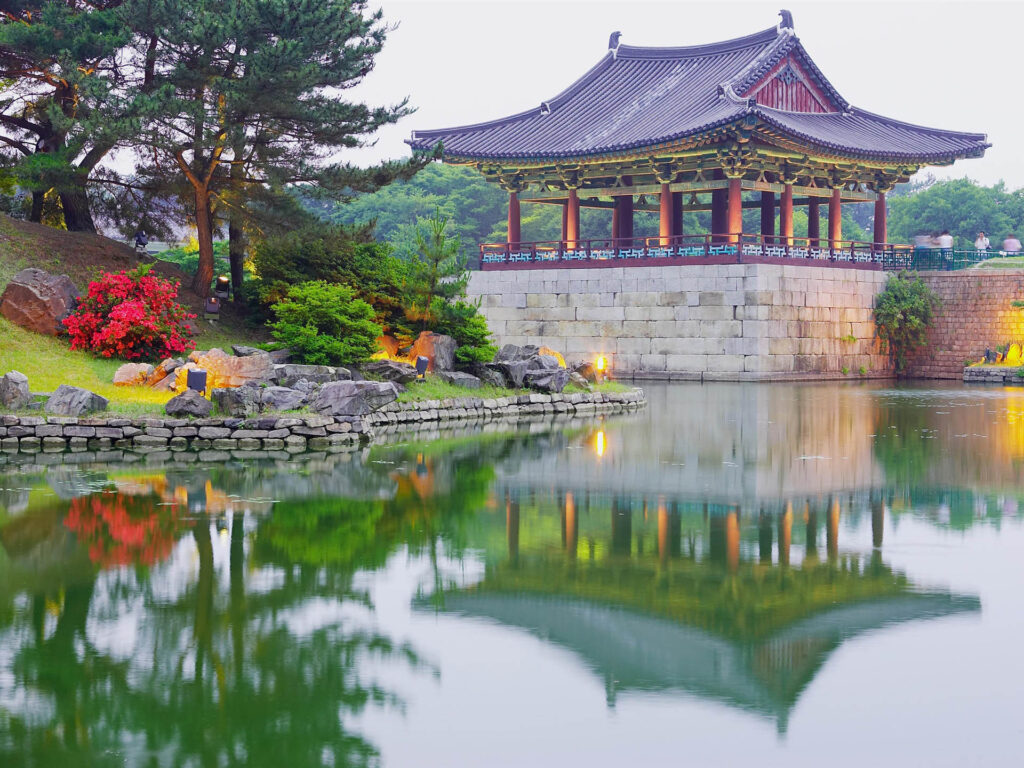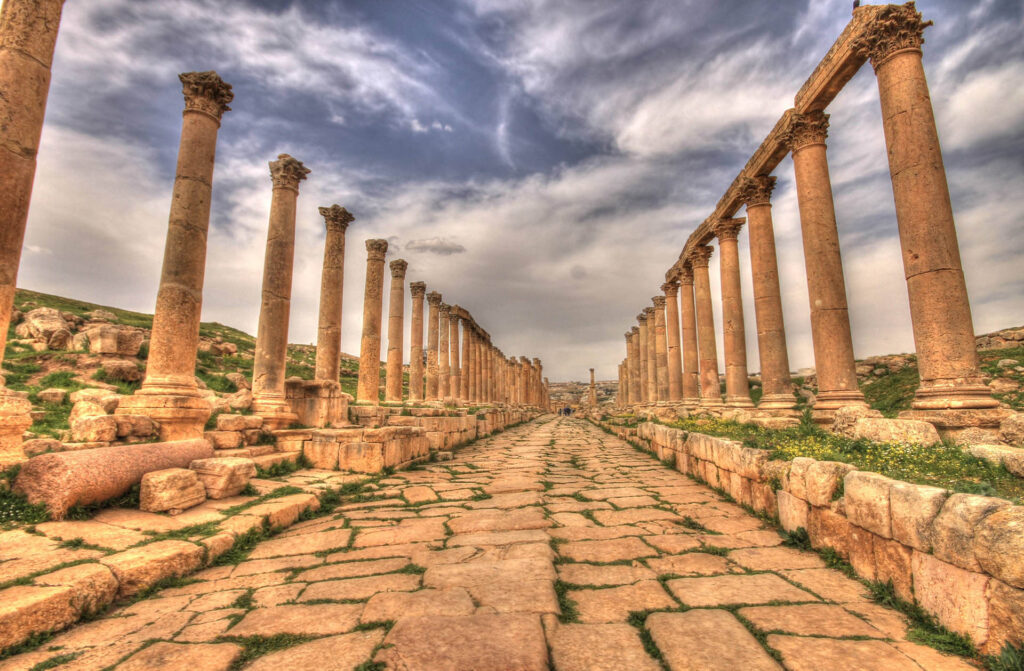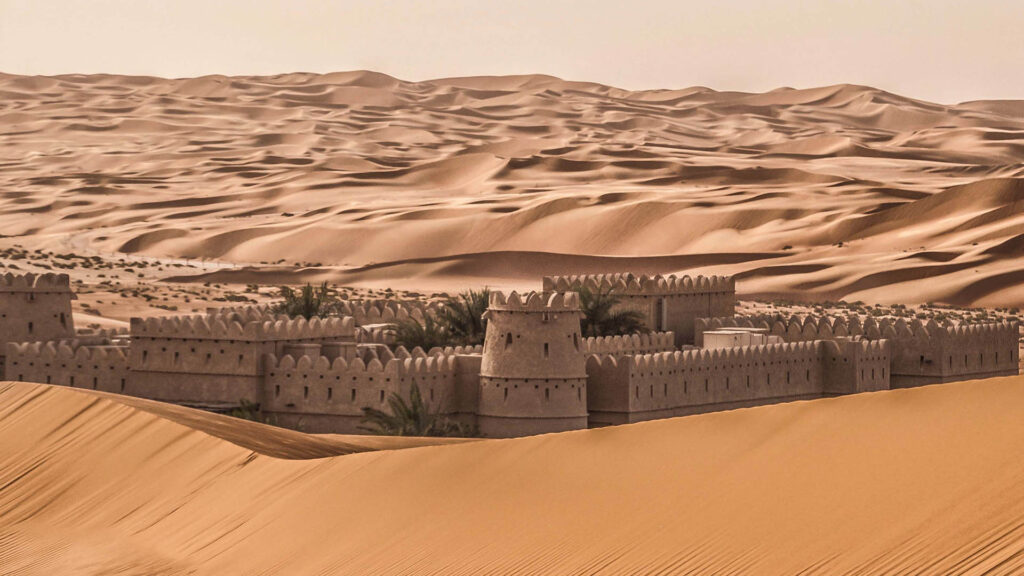Introduction the Kolkata known as Calcutta
Kolkata, formerly known as Calcutta, is the capital of the Indian state of West Bengal. With a population of over 14 million, it is the third most populous metropolitan area in India. Kolkata has a rich history and culture, evidenced by its many ancient monuments from the colonial period. Here is an overview of some of the most famous ancient monuments that give Kolkata its old-world charm.
The Victoria Memorial
History and Architecture of Calcutta
The most iconic ancient monument in Kolkata is the Victoria Memorial. Built between 1906 – 1921, it is a huge white marble building dedicated to the memory of Queen Victoria. The Victoria Memorial was conceived by Lord Curzon, the Viceroy of India at the time, after Queen Victoria passed away in 1901.
The monument was designed in the Indo-Saracenic revivalist style by the British architect William Emerson. The building has a hall, museum, and gardens. It combines elements of Mughal architecture like domes and chhatris along with Egyptian, Venetian, Deccani, and Islamic styles. The exterior of the memorial is made of Makrana marble. The gardens surrounding the building covers an area of 64 acres.
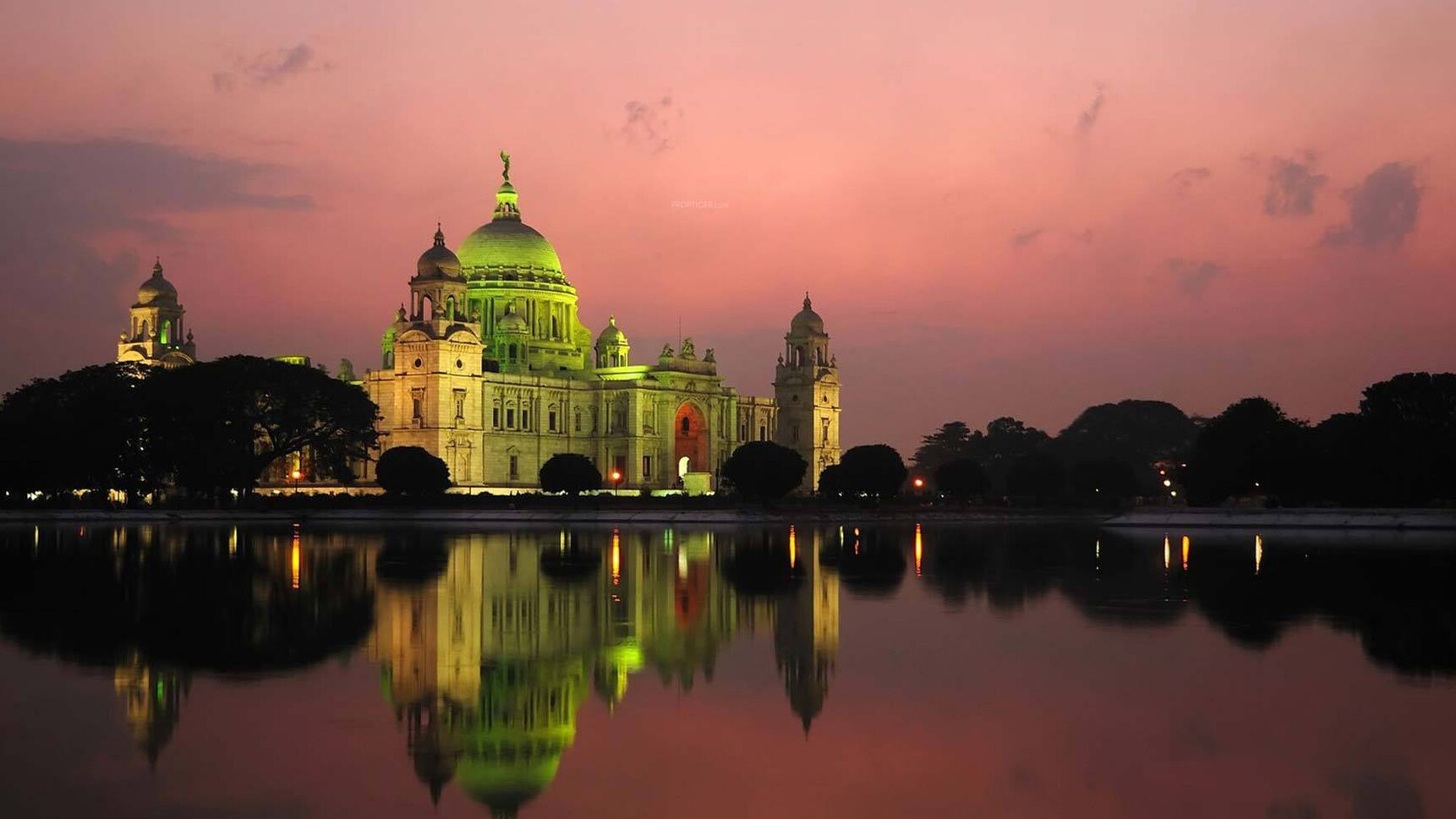
Ancient Monuments of Kolkata known as Calcutta, the City of Joy
Inside the Victoria Memorial
The interior of the Victoria Memorial includes an open courtyard, statues of British monarchs, the royal gallery, the Calcutta gallery, and the sculpture gallery. The Calcutta gallery displays paintings depicting the history of the city and India under British rule. The royal gallery showcases artifacts used by Queen Victoria and Prince Albert. The sculpture gallery hosts various statues and busts.
The Victoria Memorial also has the world’s largest collection of British empire memorabilia outside the UK. It is truly an impressive marble edifice that reminds visitors of Kolkata’s British colonial past.

Ancient Monuments of Kolkata known as Calcutta, the City of Joy
Indian Museum
Oldest Museum of India
The Indian Museum in Kolkata is one of the oldest and largest museums in India. It was founded in 1814 by Dr. Nathaniel Wallich, a Danish botanist serving as the superintendent of the East India Company’s Botanic Garden in Calcutta.
The present-day majestic building of the Indian Museum was built in 1875. Spread over an area of 60000 square feet, the museum showcases some of the rarest archeological and geological artifacts in India.
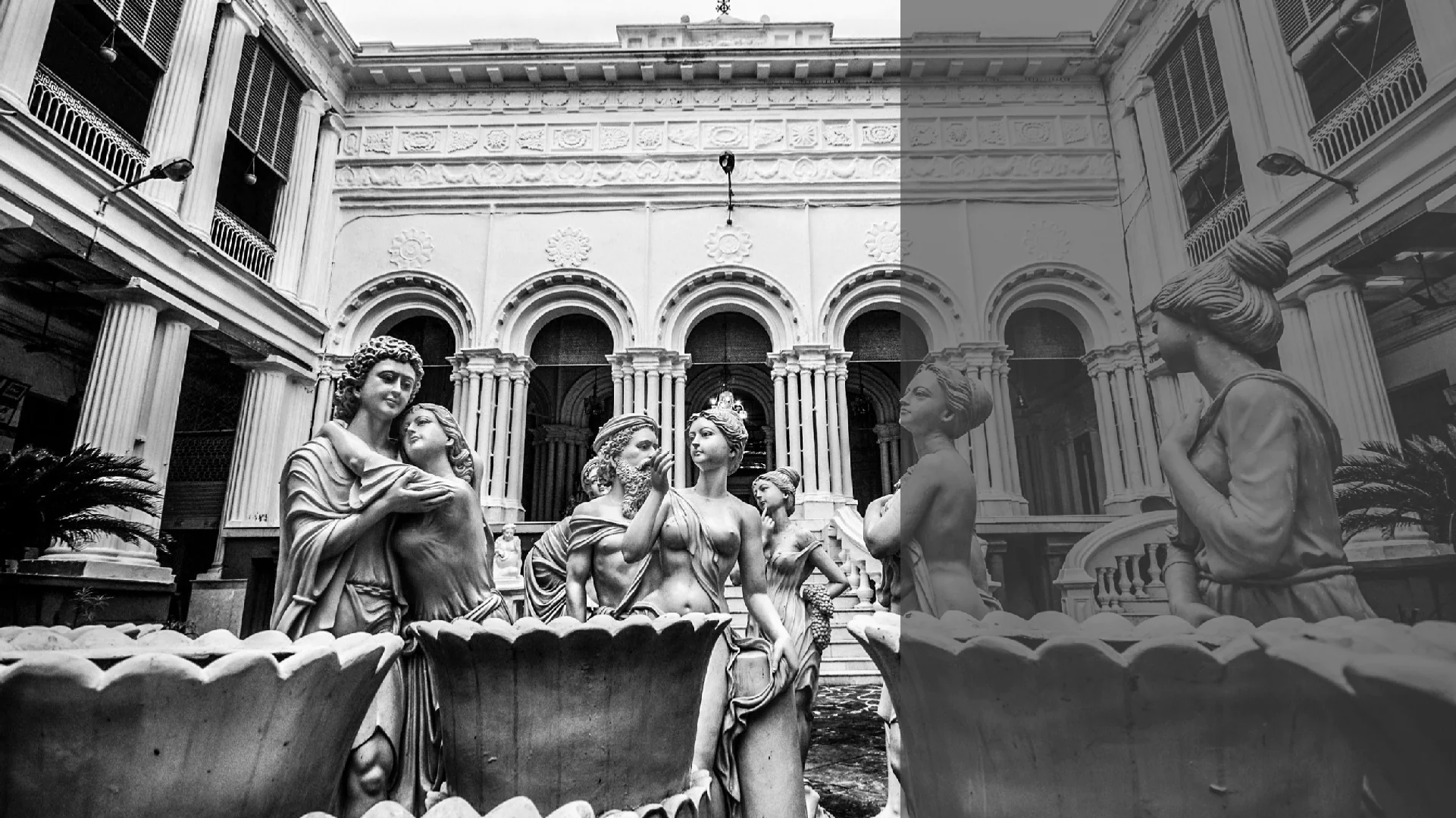
Ancient Monuments of Kolkata known as Calcutta, the City of Joy
Extensive Collections
The archeology section of the Indian Museum has an extensive collection of antiques from the Indus Valley Civilization. Some prized collections include fossils, skeletons, Buddhist Stupas, and stone sculptures dating back to 2nd and 3rd century BC.
The museum also has an exotic collection of feathers, mammals, corals, and reptiles. The most notable are an Egyptian Mummy and the Meteorite stone of Jhung, the largest of its type in the world. The Indian Museum has over 1 million exhibits today that showcase a fascinating glimpse into the past of India and beyond.
St. Paul’s Cathedral
History of the Cathedral
St. Paul’s Cathedral is an Anglican cathedral that stands on the “island of attractions” in Kolkata. Its foundation stone was laid in 1839, and the monument was completed in 1847.
The original St. Paul’s Cathedral was built in the early 1700s, but it had to be demolished after facing architectural issues. The new church was designed by Major William Nairn Forbes and constructed by architect C.K. Robinson in the Indo-Gothic style.
The architecture of St. Paul’s Cathedral is inspired by the Norwich Cathedral in England. The monument has received heritage status from the UNESCO.

Ancient Monuments of Kolkata known as Calcutta, the City of Joy
Architecture and Interiors
Some key architectural features of the cathedral include the central bell tower, the embroidered clock, and the portico. The interiors contain exquisite marble sculptures and wall memorials dedicated to famous personalities like James Pattison Walker and Bishop Daniel Wilson.
Stained glass artwork depicting scenes from the Bible adorns the aisles. The cathedral can accommodate up to 1,500 people and houses an organ dating back to 1927. The church compound also contains graves of British colonial officials like John Paxton Norman. Visiting St. Paul’s Cathedral is like taking a stroll through history.
Metcalfe Hall
History
Built in 1844, Metcalfe Hall is one of the last surviving buildings built by the British during the colonial rule in India. It was designed by city magistrate C.K. Robinson in the Renaissance style of architecture.
Metcalfe Hall was named after Lord Metcalfe – the Governor-General of India during 1835-36. It originally housed the Imperial Library of India that had rare books, miniature paintings, and ancient manuscripts in its collection.
Architecture
Metcalfe Hall has a 93 meter long frontage facing the Hooghly River. The building has 30 massive Corinthian columns. It has a grand stately look that is reminiscent of ancient Greek architecture.
The central bay of the building extends outward in cusped arched recesses. The interior contains resized versions of the beauty room and music room of the Parthenon temple in Athens.
Today, Metcalfe Hall houses the walkway of the Government of West Bengal office. The ancient monument stands as a remarkable remnant of Kolkata’s colonial heritage.
Marble Palace
Ceremonial Residence of a Zamindar
The Marble Palace in North Kolkata is one of the best-preserved royal Bengali mansions. It was built in 1835 by Raja Rajendra Mullick, an affluent Bengali merchant.
The enormous mansion spans 27,000 square feet and showcases neoclassical architecture with traditional Bengali style. The interiors and floors are made of marble, hence the name Marble Palace.
The courtyard houses a garden with fountains, urns, staircases, and European sculptures. The walls display paintings by European artists like Reynolds, Rubens, and Murillo. Marble Palace offers a peek into 19th century elite Bengali lifestyle.
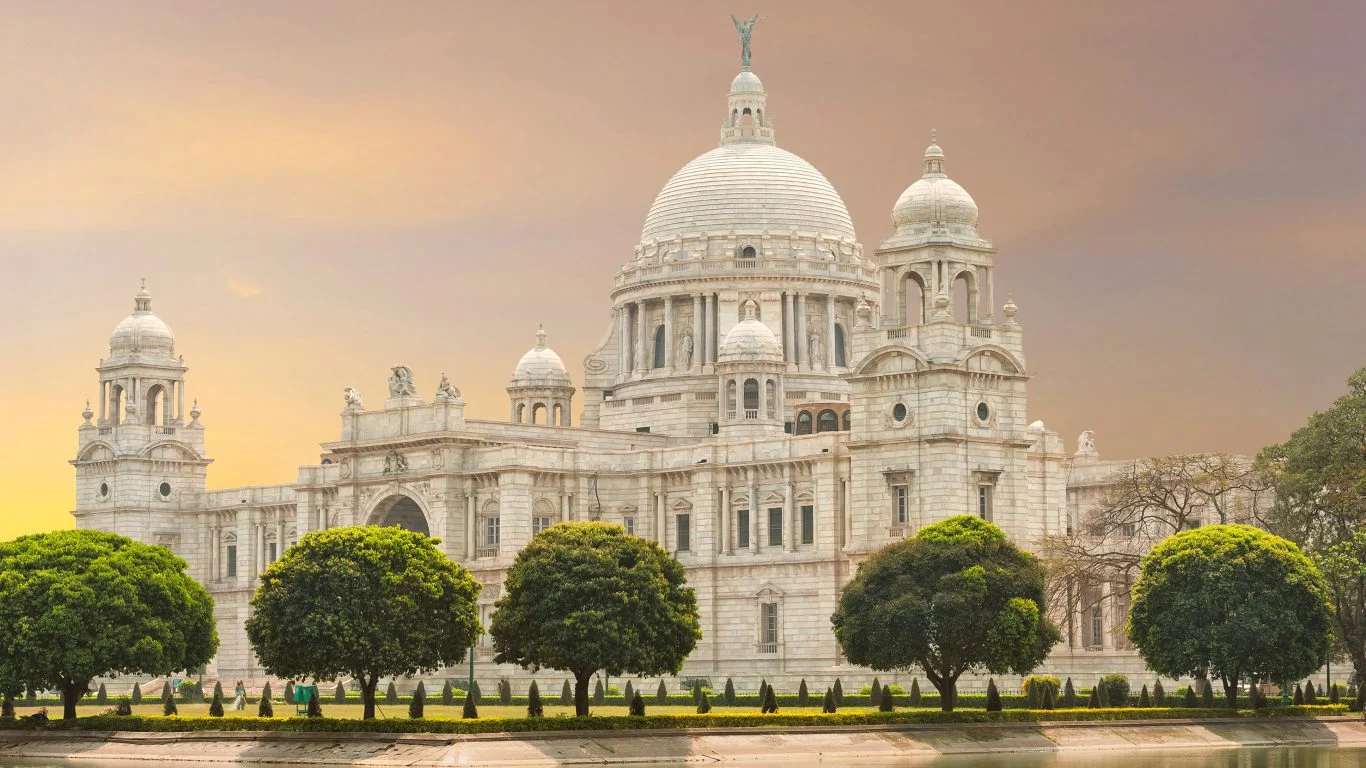
Ancient Monuments of Kolkata known as Calcutta, the City of Joy
Housing Rare Collections
Marble Palace houses an vast collection of Western sculptures, Victorian furniture, Chinese porcelains, antique clocks, and paintings.
Some of its prized collections include paintings by Murillo, Joshua Reynolds, John Martin, original Rubens canvases along with revered busts of Wellington, Napoleon, Shakespeare, Queen Victoria, and Voltaire.
Raja Rajendra Mullick was an avid art collector and he carefully adorned the Marble Palace with his eclectic finds. A visit transports you back in time to old colonial era Calcutta.
The ancient monuments of Kolkata give the city its old-world charm. They provide fascinating glimpses into the city’s colonial past and history. The Victoria Memorial, St Paul’s Cathedral, Metcalfe Hall, and Marble Palace are some of the most famous ancient monuments that continue to attract thousands of tourists every year. These majestic buildings are proud symbols of Kolkata’s rich culture and heritage.

